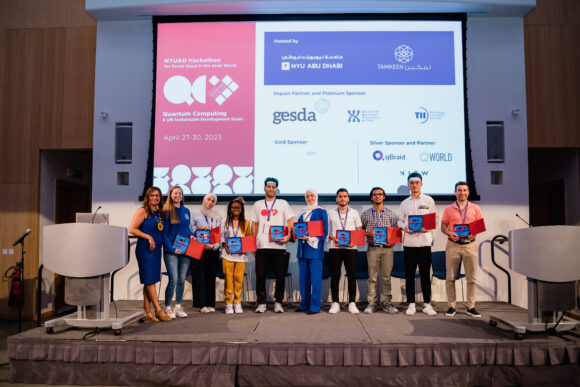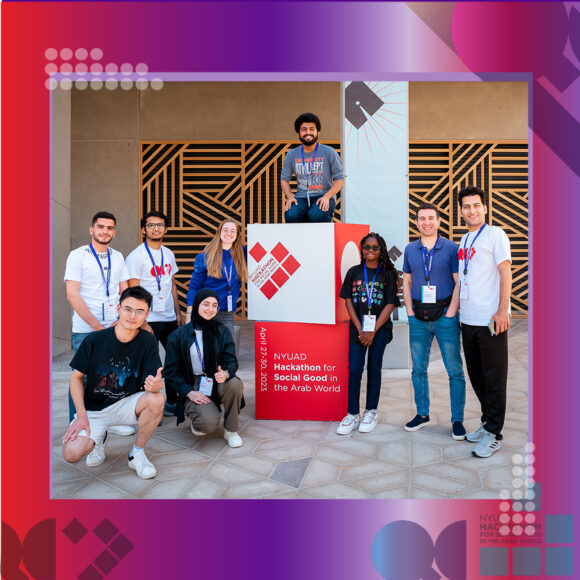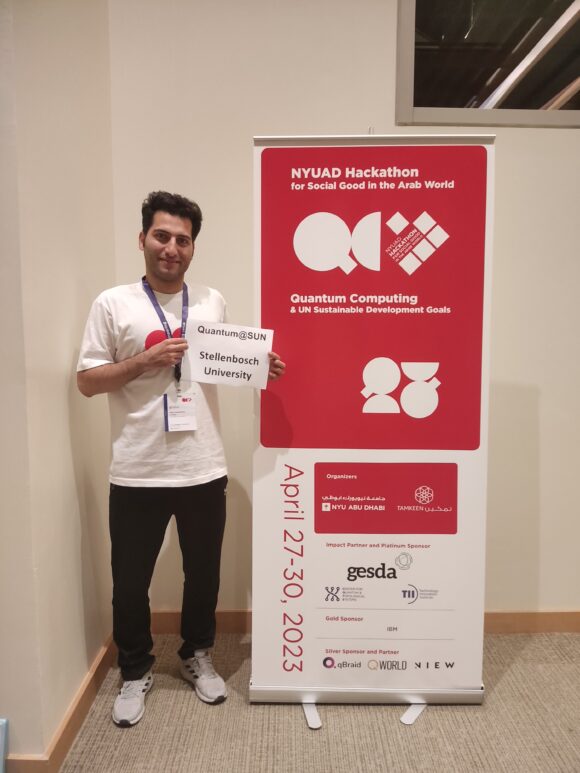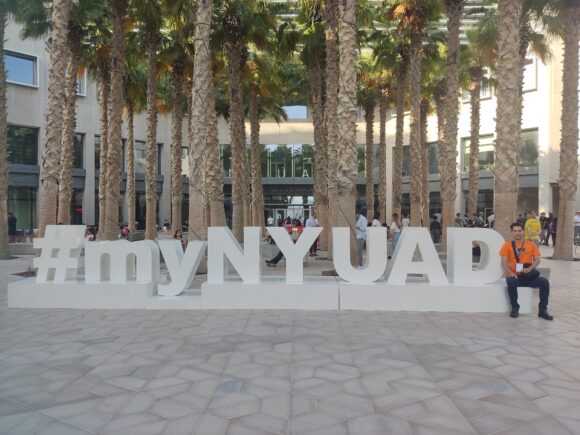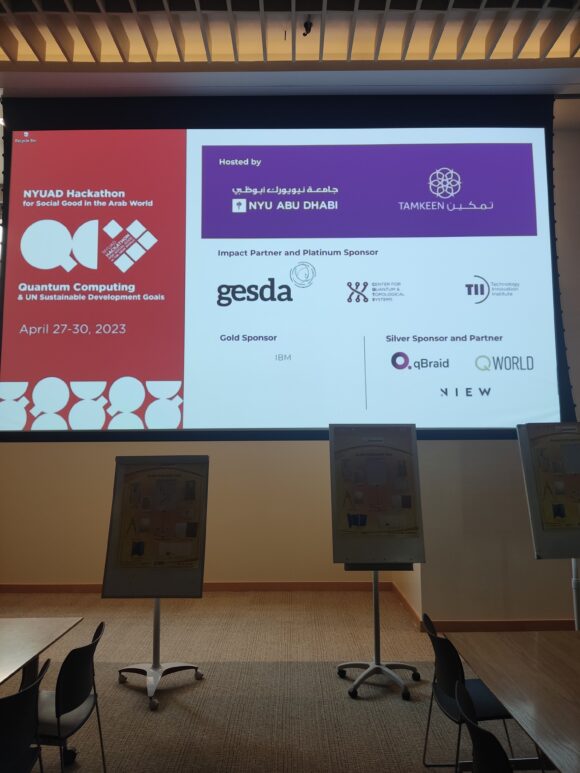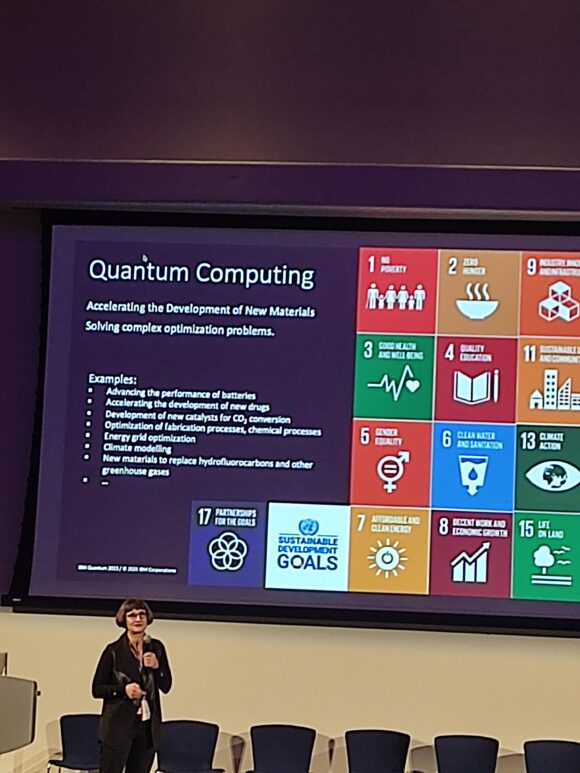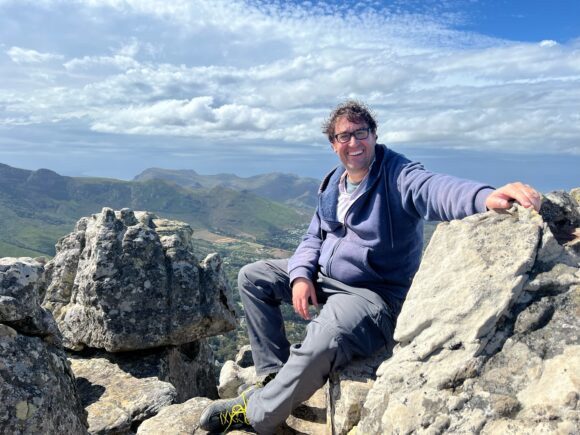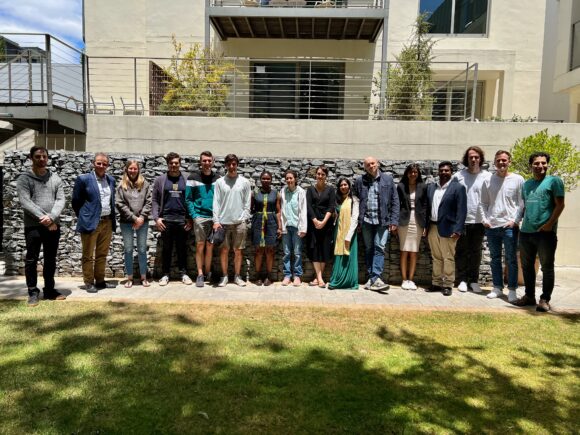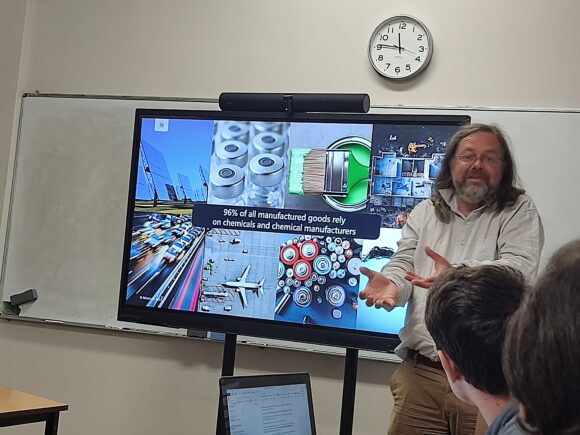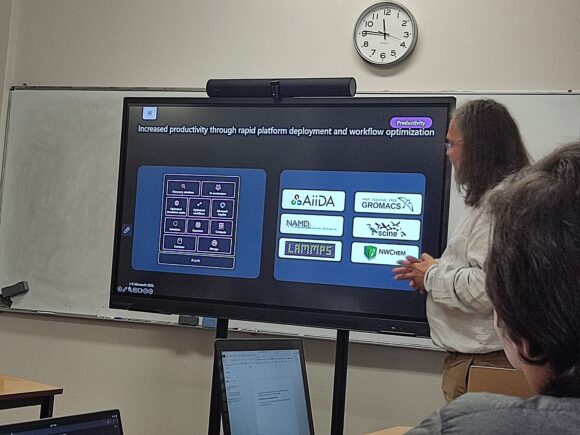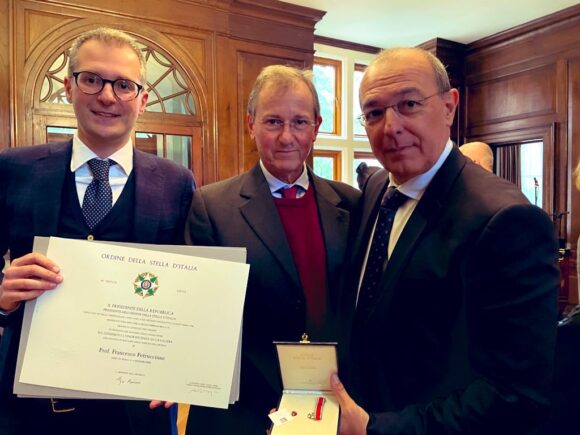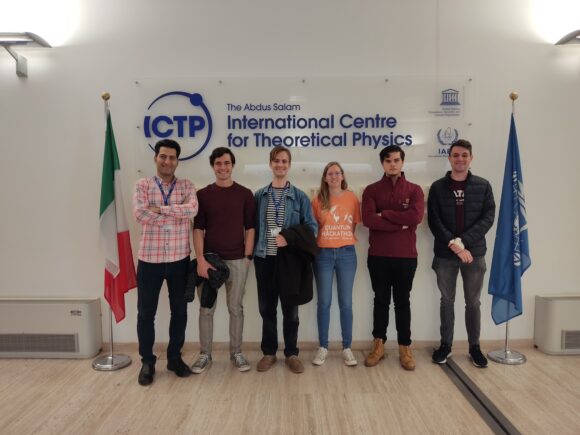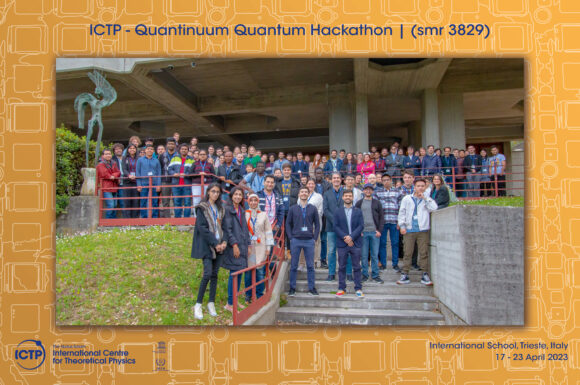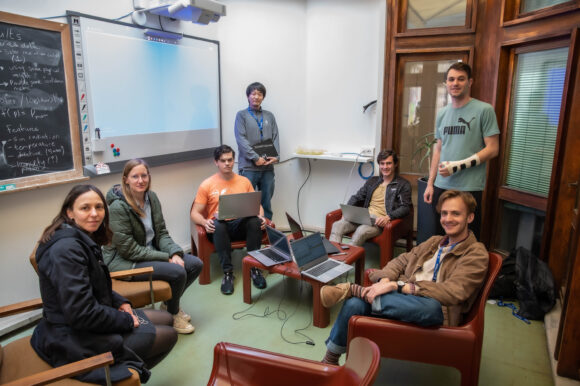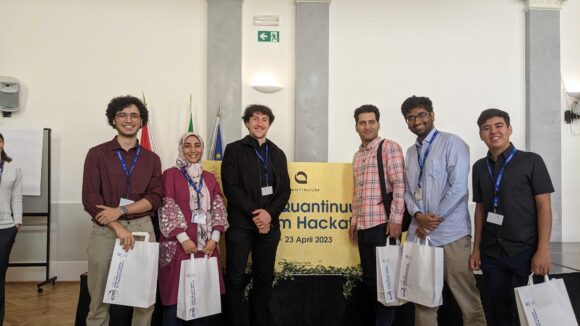One of the Ph.D. students of the Quantum Research Group of Stellenbosch University, Abbas (Omid) Hassasfar, recently attended the Eleventh Annual NYUAD International Hackathon for Social Good focusing on Quantum Computing held at the New York University Abu Dhabi in Abu Dhabi, United Arab Emirate.
The quantum hackathon took place on April 27th – April 30th, 2023, and in partnership with IBM, NYUAD Center for Quantum and Topological Systems, Technology Innovation Institute (TII), Geneva Science and Diplomacy Anticipator (GESDA), qBraid, QWorld, NiEW, the MIT’s iQuHACK, and others.
This event was in person at the NYUAD campus over 3 days with nearly 200 students representing 56 universities from 24 countries. Professors around the world nominated their top students and Abbas was the only participant from a South African university in this event.
This exciting program was a collaboration aimed at bringing together students from different fields such as computer science, physics, and electrical engineering, and also technology experts, from different countries to foster a culture of innovation and entrepreneurship to solve a real-world problem and focus on the useful advantage (supremacy) of Quantum computer.
During the three days, participants worked in 15 different teams to suggest a problem and solution related to Sustainable Development Goals (SDGs) using a quantum computer and showing a quantum advantage.
We are proud to report that Abbas Hassasfar (who participated as a student/mentor in this hackathon) and his team won third prize for their project “Focus on Good Health & Wellbeing” which helps medical professionals with the early detection of malignant tumors in patients using quantum machine learning.
The experience was extremely motivating, allowing the students to cooperate with other specialists in the area, learn about the most recent breakthroughs in quantum computing, and work on projects with real-world implications. They also made long-lasting friendships with other participants and had a great time visiting Abu Dhabi.
The student expresses his gratitude to NiTheCS and New York University Abu Dhabi for providing him with this opportunity and looks forward to attending similar events in the future.
The event wraps up with a prize-giving: https://sites.nyuad.nyu.edu/hackathon/index.php/previous-hackathons/the-annual-nyuad-hackathon-for-social-good-in-the-arab-world-2023/2023-teams/
